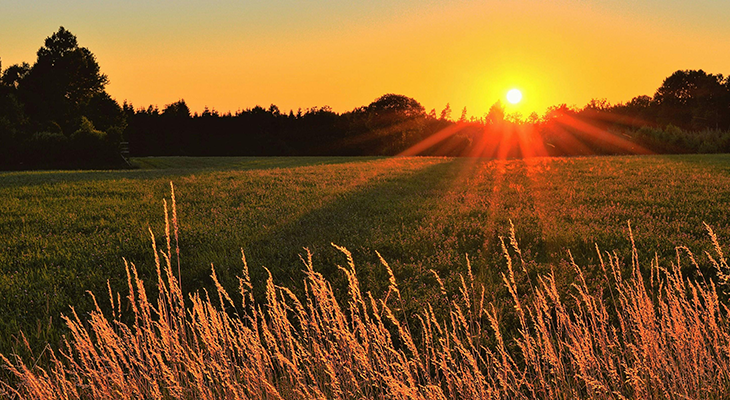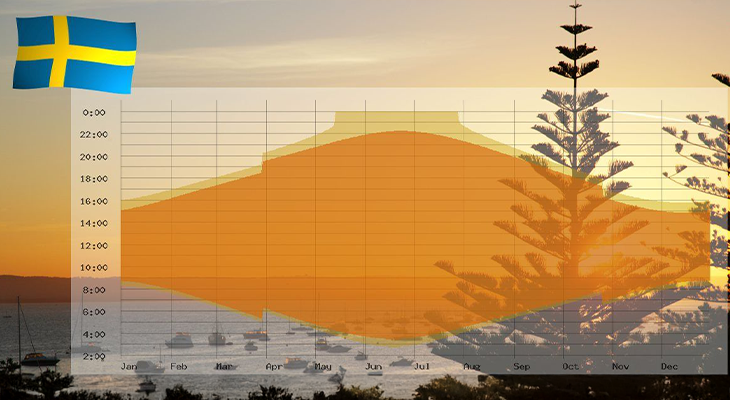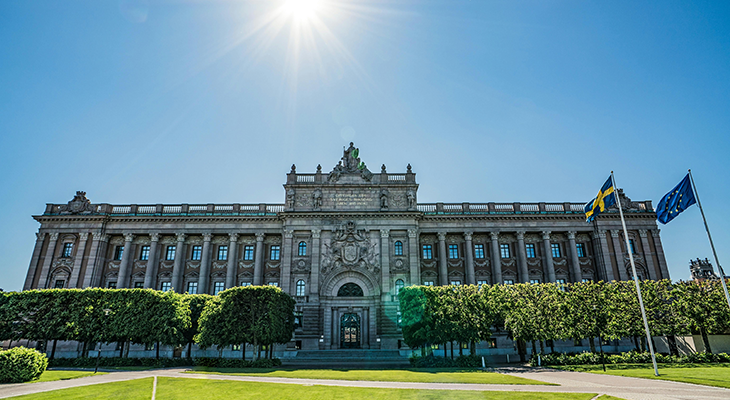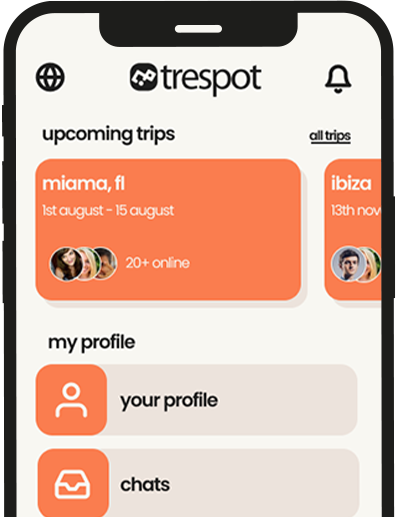Introduction: How to Pick the Best Time to Visit Sweden
Choosing the best time to visit Sweden depends on your travel style. Summer (June–August) brings long golden days, archipelago ferries, and festivals—along with peak prices and bigger crowds. Spring and fall are the shoulder-season sweet spot: milder temps, lower rates, and room to roam across forests and islands. In winter, Sweden transforms into a snow-globe of Northern Lights, Christmas markets, and cozy cafés. This guide blends official resources and traveler wisdom to map each season to your priorities—daylight versus budget, festivals versus solitude, city design versus deep nature. You’ll get daylight facts, Midsummer dates, aurora windows, a month-by-month cheat sheet, regional advice from Stockholm to Lapland, and booking tactics so you can say you traveled Sweden at exactly the right time for you.
Snapshot: The 30-Second Answer
- Best overall balance (weather + value): May–June and September
- Best weather & events: June–August (warmth, archipelagos, Midsummer)
- Best time for Northern Lights: September–March (Lapland prime: Dec–Mar)
- Cheapest time to visit Sweden: late fall to winter outside holidays; also shoulder months

Sweden’s Seasons Explained (Weather 101)
It’s Less About Wet/Dry—More About Temperature & Daylight
Sweden’s climate swings primarily with latitude and daylight. National guidelines classify seasons by average temperature: winter near/below 0 °C, spring above 0 °C, summer above 10 °C. Practically, April–June delivers long days and milder temps without full peak crowds; September–October brings color, crisp air, and great hiking.
Monthly Averages You Can Feel
Stockholm climbs from near-freezing highs in March to the low-20s °C in July, with sunshine peaking late spring/summer. In Lapland, winters are colder and summers shorter—but summer days are famously long.
Daylight Is the Big Lever
Stockholm ranges from ~7 daylight hours in January to 18+ in June. In Swedish Lapland, the Midnight Sun shines roughly late May to mid-July; conversely, dark winter nights create prime conditions for Northern Lights. Align your trip with light vs. dark to match your goals.
Summer (Jun–Aug): Long Days, Festivals & Peak Prices
Why go: This is Sweden’s outdoor crescendo—warmth, waterfronts, island ferries, and festivals. You’ll catch Midsummer in late June (Midsummer Eve 2025: Fri, 20 June), picnics, and nearly nightless nights up north. City parks overflow, archipelago boats run frequently, and hiking/cycling conditions are superb. It’s also peak season, so book ferries and stays early.
Pros, Cons & Crowd Strategies
- Pros: warm weather, longest days, archipelago access, lively events
- Cons: highest prices, heaviest crowds on coasts/cities, earlier sell-outs
- Strategy: time major sights early/late, explore the East/North archipelagos, and reserve restaurants/ferries in advance
July Slowdown in Cities
Some Stockholm and Gothenburg venues reduce hours in July when locals vacation. Pivot to island-hopping and coastal towns—or pick June/August for more urban buzz with similar weather.
Shoulder Seasons (Apr–May & Sep–Oct): Value, Color & Space
If your definition of the best time to visit Sweden includes lighter crowds and value, spring and fall are for you. Spring brings wildflowers, migrating birds, and the start of hiking season; fall brings fiery forests, harvest menus, and excellent photography light. Rates are typically lower than summer and icons feel spacious and local.
Why Travelers Love It
- Longer days without peak pricing (May–June)
- Warm seas lingering and aurora returning (September)
- Superb city breaks with fewer queues at Vasa, Skansen, Universeum, and ferries
Rain, Layers & Mosquito Notes
Expect changeable weather—pack layers and a rain shell. In the far north, mosquitoes can peak mid-summer and sometimes linger after wet spells; bring repellent and long sleeves for forest walks.
Winter (Nov–Mar): Snow, Northern Lights & Cozy Cities
Sweden in winter is pure atmosphere—aurora safaris, dogsledding, the Icehotel, and silent snowy forests. In cities, embrace julmarknader (Christmas markets), world-class museums, and cafés for fika. If your bucket list is Northern Lights, plan September–March, with December–March particularly solid in Lapland.
How to Plan Your Aurora Hunt
- Base in Abisko/Kiruna for clearer skies; book 2–4 nights to improve odds
- Prime activity often around 10–11 pm; watch cloud cover and moon phase
- Balance dark nights up north with bright, cozy city days on either side
Packing & Daylight Management
Pack insulated layers, traction for icy streets, and hand warmers. Remember Stockholm has ~7 daylight hours in January: plan indoor museums, saunas, and slow fika to match the rhythm.
Daylight, Midnight Sun & Polar Night
- Stockholm daylight: ~7 hours in January to 18+ in June—great for marathon city days in late spring/summer
- Midnight Sun (Lapland): typically end-May to mid-July—expect 24-hour light (eye mask recommended!)
- Aurora season: September–March; darker nights improve chances

By Region: When to Visit
Stockholm & Mälaren
Best: May–June and September for long days and comfortable temps with fewer queues at Vasa, Skansen, and archipelago ferries. December brings markets and lights; January–February are quiet and good value for museum-forward trips.
Gothenburg & Sweden’s West Coast
Best: June–August for seafood shacks, Bohuslän islands, and festivals; September for calm seas and great dining months. If July venues pause, hop ferries and embrace archipelago life.
Gotland & Öland
Best: June–August for beaches and cycling; shoulder months for photo-rich medieval Visby without crowds. Autumn light makes the ringmur (city wall) and cobbles glow.
Swedish Lapland
Best: Winter (Dec–Mar) for aurora and snow adventures; late May–mid-July for Midnight Sun, paddling, and trekking; September–October for autumn color + early aurora. Plan multiple nights for lights and book guides early in peak weeks.
Prices, Crowds & Booking Windows
- Peak pricing: June–August; book months ahead for cities, coasts, and islands
- Shoulder savings: May/September (and often April/October) with good availability
- City cadence: July can see reduced hours/closures; check listings and pivot to islands
- Money-savvy: Fly midweek, bundle rail + stays, compare condos with hotels, and lock refundable rates
Month-by-Month Cheat Sheet (Jan–Dec)
- January: Cold, short days—Stockholm indoors + Lapland aurora; excellent value
- February: Deep winter, strong snow base; aurora still reliable
- March: More daylight; late-season snow up north; shoulder begins in the south
- April: Spring blossoms and longer days—layer for changeable weather
- May: Sweet spot—wildflowers, ferries ramp up, moderate prices
- June: Midsummer (Fri, 20 June 2025), long days, festivals—book early
- July: Warm seas, island time; some city slowdowns—lean into archipelagos
- August: Sunny yet can be wetter; mosquitoes more active up north
- September: Golden light, food culture, aurora returns—superb all-rounder
- October: Peak autumn color; quieter cities; crisp hikes
- November: Darker and great value; city culture shines; aurora season builds
- December: Christmas markets and lights; Lapland snow adventures
Quick Takeaways
- For balance of light, weather, and cost, aim for May–June or September.
- Summer (Jun–Aug) = festivals and 18-hour days—book early and expect peak pricing.
- Northern Lights are best September–March (Lapland prime: Dec–Mar).
- Midsummer 2025 is Friday, 20 June—plan ferries and lodging months ahead.
- July can see urban slowdowns—pivot to islands/coasts or visit in June/August.
Conclusion
The best time to visit Sweden is the time that matches your light, budget, and culture priorities. If you dream of sun-drenched islands and Midsummer poles, choose June–August—and book early. If you want the sweet spot—long days without peak rates—aim for May–June or September. For Northern Lights, plan September–March, build in multiple nights up north, and track forecasts. Daylight is your trip-shaper: Stockholm’s short winter days and endless summer evenings create vastly different experiences, so decide which story you want to live.
With a little planning, Sweden’s seasonality becomes your superpower—letting you time Midsummer feasts, shoulder-season solitude, or aurora hunts to perfection. Tell us your must-dos (design museums, archipelago swims, Icehotel, Sami culture), and we’ll help craft a crowd-savvy, weather-smart route that feels built just for you.
Join the Conversation
Travel community, over to you! What’s your best month to visit Sweden and why—light, festivals, aurora, or value? Share your tips below and pass this guide to your meetup group to plan together.
FAQs – Best Time to Visit Sweden
May or September balance daylight, weather, and cost. For festivals and max daylight, pick June around Midsummer.
September–March overall; in Lapland, December–March offers long dark nights and reliable snow for winter activities.
Weather and daylight are great, but some venues reduce hours in July. Lean into island-hopping and coastal towns, or visit in June/August for similar weather with more urban buzz.
Outside the June–August peak—think late fall to winter (excluding Christmas/New Year), plus shoulder months for flight and hotel savings.
In Lapland, mosquitoes can peak mid-summer and linger after wet spells. Pack repellent and long sleeves for forest and wetland hikes.
References
- Visit Sweden — Seasonal travel ideas & Midsummer info
- SMHI — Sweden’s national weather & season definitions
- Timeanddate — Stockholm daylight hours by month
- Swedish Lapland — Aurora & Midnight Sun guidance
- Lonely Planet — When to visit Sweden
- Weather2Travel — Sweden climate & monthly averages
- National Geographic — Midnight Sun explainer
- Audley Travel — Best time to visit Sweden (aurora focus)
- Kimkim — Best time of year to visit Sweden
This article synthesizes guidance from official Swedish tourism and weather sources plus leading travel publishers to help you plan by season, daylight, and price.



